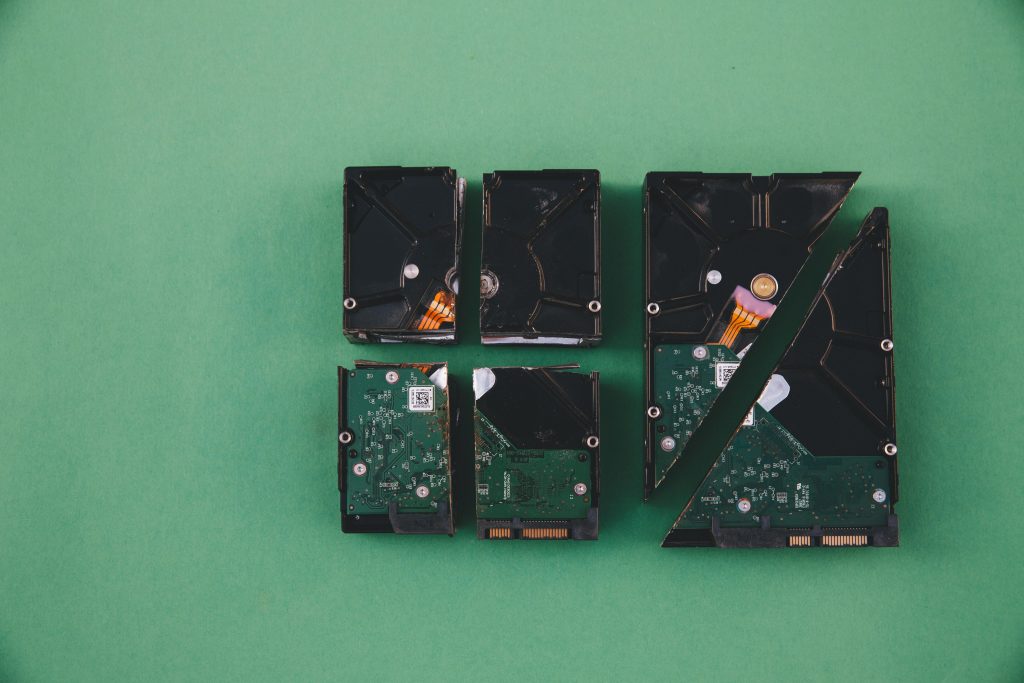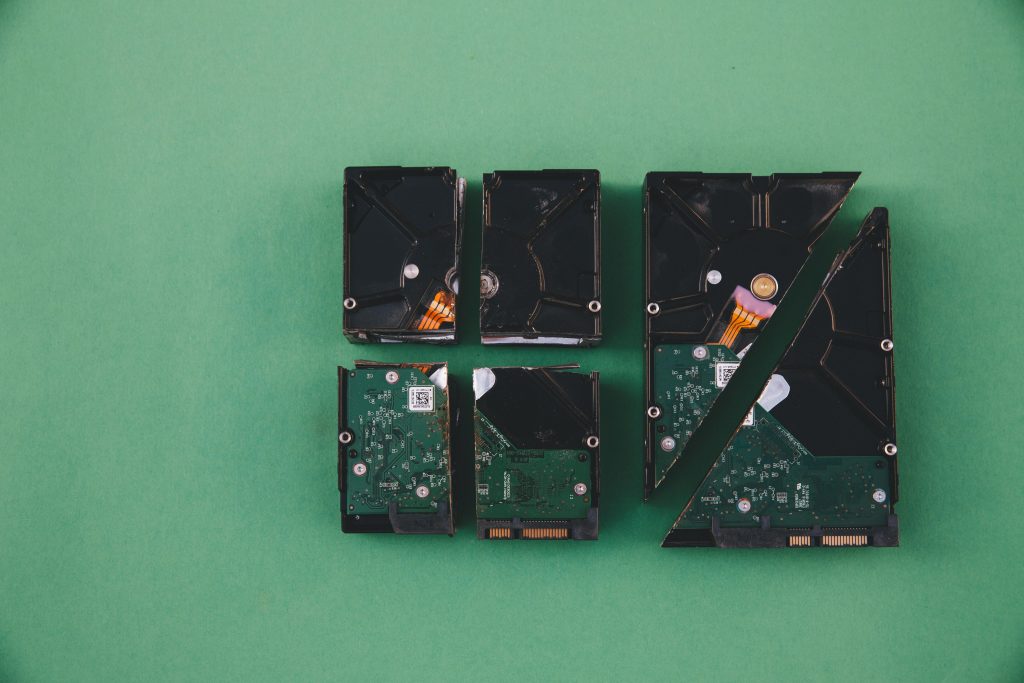How to Approach Data Recovery from a Corrupted EXT4 Partition: A Personal Journey
Recovering data from a corrupted EXT4 partition can be an overwhelming and frustrating experience, especially when the data is critical. Recently, I encountered this issue myself and wanted to share my challenges and insights in hopes of helping others facing similar situations.
The Scenario
I was dual-booting my SSD (Crucial CT250MX500SSD1) between Linux and Windows when I accidentally erased my Linux partition during a Windows reinstall. To rectify the situation, I booted from a GParted live USB and successfully revived the partition using TestDisk. However, the partition was left in a “somewhat corrupted” state—though I couldn’t mount it, several recovery tools managed to display the content, albeit with limitations.
One tool, DMDE, offered a glimpse into the full folder structure, but limitations on the free version meant I could only recover a file at a time. In my quest for alternative software, I mistakenly used a different recovery tool. Although it warned me of the potential data loss if I exited the program, I assumed it was merely a tactic to keep me engaged. Unfortunately, upon quitting, the partition became entirely unreadable, showing nothing but chaos—akin to the random output of /dev/urandom, with only a segment from the 512th to the 4095th byte filled with zeros.
Questions on Recovery Feasibility
At this juncture, I turned to the community for assistance, pondering several questions:
- What are the odds of recovering my data based on your experiences?
- Is it feasible to recover data if the partition content is potentially shifted by 1 to 7 bits? If so:
- Are there any existing programs that could brute-force all possible combinations of data until something recognizable is found, even if it takes a considerable amount of time?
- If such software is not available, could I attempt to create a Python script that reads the partition in binary, trying various combinations of bit shifts or similar methods?
- Are there alternative solutions that I may have overlooked?
A Closer Look at Recovery Techniques
To understand my situation more deeply, I used the dd command to create a file representation of the partition, opting for a block size of 512 bytes. This decision had me questioning its utility since the EXT4 partition was likely created with a default block
Share this content:




Thank you for sharing your detailed experience. Recovering data from a corrupted EXT4 partition can indeed be challenging, especially after using tools that potentially overwrite or alter the disk structure. Based on your situation, here are some recommendations you might find helpful:
pytsk3orscikit-imagemight assist in pattern recognition or automated probing for known file signatures.